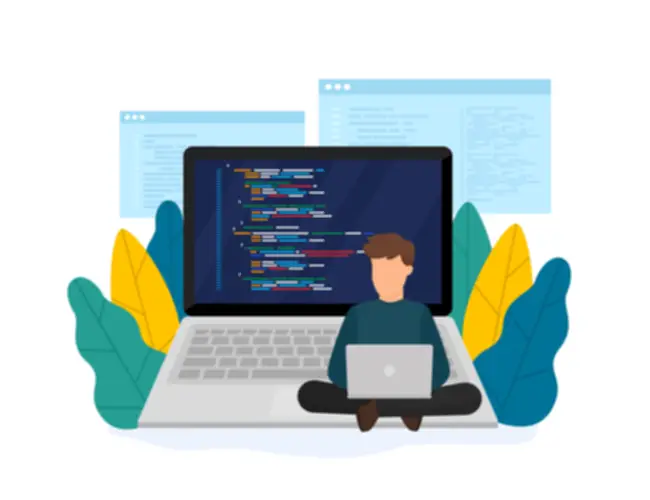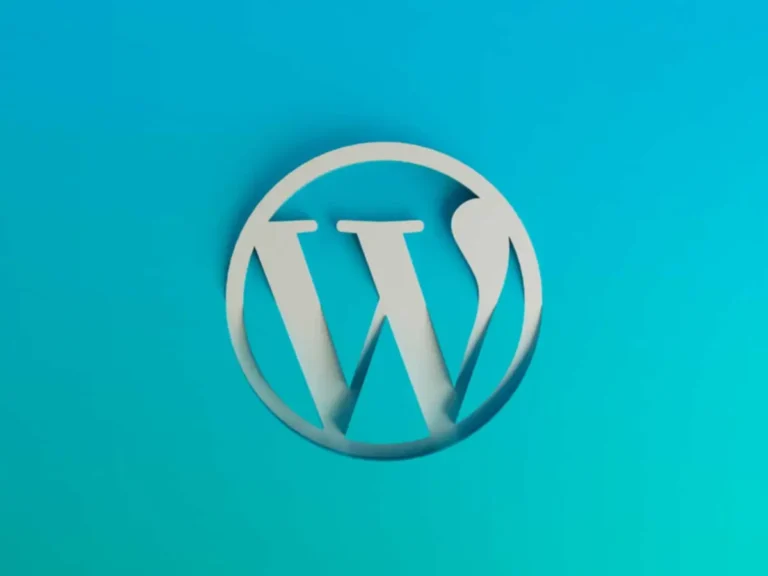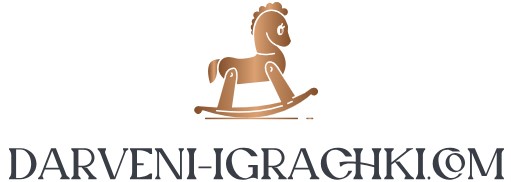Cloud computing provides a scalable and cost-effective method to retailer and process giant quantities of knowledge generated by IoT devices. Furthermore, cloud-based systems can provide real-time analytics and monitoring, which is crucial for IoT applications. The large amount of information generated day by day by IoT gadgets like smart thermostats and fitness bands could be saved and managed in the cloud.
Past these capabilities, end-user applications leverage communication protocols like MQTT, CoAP, and HTTP to interact with each other, cloud servers, and IoT devices. For the cloud to receive knowledge from good units, we need edge gadgets or gateways that perform as a bridge to accumulate and pre-process data. Their primary aim is to filter and convert knowledge, lowering data volumes transferred to the cloud and allowing for quicker response times. As edge gadgets (e.g., routers or smartphones) can deal with information locally, they will reduce latency and improve real-time knowledge analytics. IoT and cloud computing are two different ideas, but they’re usually used together.
Combining IoT and cloud applied sciences can strengthen information security, which is essential in today’s digital world. Corporations should shield their useful information from unauthorised entry or hacking makes an attempt. At the same time, insights gleaned from the sensor information can inform selections regarding the deployment of latest Limitations of AI generators or upgrades to existing ones. To illustrate all of the above components in motion, think about the instance of a wind farm.
Let’s discover some real-world examples that demonstrate the transformative energy of these applied sciences. The cloud allows for Over-The-Air (OTA) updates, enabling producers to continuously improve and adapt their gadgets based mostly on person suggestions and evolving needs. In the next sections, we’ll discover the advantages and challenges of IoT and how it works along side cloud computing. We may even study real-world examples of IoT purposes, illustrating the potential influence of this transformative expertise.
What’s The Role Of Cloud Computing In Storing Iot Data?
- Adding additional capacity or CPU power could be costly and time-consuming with on-premise options.
- The efficiency and convenience offered by this smart ecosystem improve comfort and safety whereas promoting sustainability.
- In Accordance to Gartner, there shall be more than 20.4 billion connected units by the year 2020.
These gadgets collect localized data and course of it at close by edge nodes, enabling speedy decision-making with out counting on a central cloud. For instance https://www.globalcloudteam.com/, in manufacturing, vibration and thermal sensors detect early indicators of kit failure, prompting repair notifications to stop breakdowns. Linked agriculture techniques use IoT sensors and cloud computing to revolutionize farming practices. Sensors monitor soil moisture, climate conditions, and crop health in real-time.

By leveraging cloud computing, companies can optimize operations with real-time insights, minimizing errors and enhancing productiveness. Cloud-based analytics also drive cost-saving selections, guaranteeing that production strains run easily and efficiently, contributing to reduced operational costs. Moreover, cloud suppliers provide enhanced safety, common updates, and backup companies, making certain data is protected and techniques remain up-to-date. As companies more and more depend on digital instruments and distant work, cloud computing has turn into important, providing scalability, flexibility, and enhanced performance across industries. Cloud-based IoT platforms offer simple, reliable, and secure connectivity at-scale between bodily IoT devices and cloud services.
Cloud Computing provides the right platform for managing and storing the vast amount of information generated by IoT devices. The remote collaboration capabilities of Cloud Computing make it possible for IoT units to share information and insights with individuals and different devices around the globe in real-time. Collectively, Cloud Computing and IoT are altering the way we stay and work and making it potential to create smarter, extra connected societies. Community latency, bandwidth limitations, and intermittent connectivity can disrupt normal operations and device management. Ensuring robust connectivity and reliable network infrastructure is imperative for uninterrupted IoT knowledge transmission and real-time responsiveness.
How Does Cloud Computing Enhance The Capabilities Of Iot Ecosystems?

Security could be enhanced from our sensible devices as we can hold an eye at our houses, work places etc. Automated fast responses like in industries when sure parameters get disturbed routinely actions are triggered to counter the impact. One of the principle benefits of Cloud Computing in IoT is its capability to scale up or down as wanted.
As An Alternative of sending all the data to the cloud, your organization ought to process information at the edge if the information is needed for real-time responses. Plus, a transparent grasp of how IoT cloud structure works allows for effective troubleshooting. Your understanding of the architecture helps spot the offender more simply, like identifying whether the problem comes from communication protocols, gadget configuration, or community infrastructure.
However, the adoption of IoT and cloud computing is not without its challenges. Safety and privateness issues, interoperability issues, and the sheer scale of data generated by IoT devices are a number of the hurdles that need to be addressed. Additionally, guaranteeing reliable connectivity, managing device lifecycles, and avoiding vendor lock-in are important issues when implementing IoT and cloud solutions. In Addition To, understanding the structure allows you to grasp its full potential for enhanced operational effectivity and business outcomes. Significantly, it automates processes to identify market trends, detect anomalies, monitor gear performance, and forecast future events (e.g., customer calls for or breakdown). This allows you to derive meaningful insights to make quick fog computing vs cloud computing decisions about current process optimization and discover new income streams.
Good Gadgets
She is keen about cloud computing and holds a specialization in web optimization and digital advertising. Edge computing is a model new know-how that processes and analyses information close to its creation as an alternative of sending all data to a central location. It contains hardware manufacturers, software program builders, service providers, and end-users.
